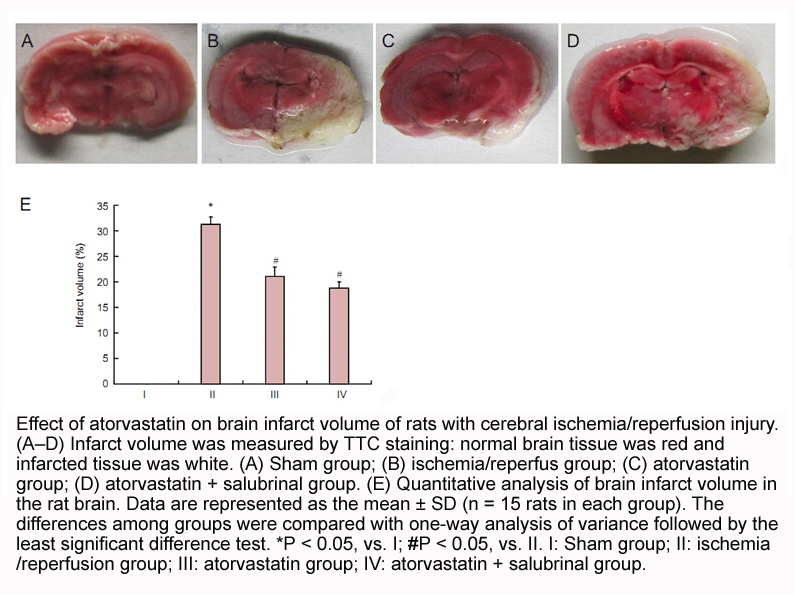Archives
TC-G 1000 In cross sectional analyses such as this
In cross-sectional analyses such as this study, one cannot discern causality but our models assume that severe HFI acts as a chronic stressor leading to deleterious mental health outcomes. Recently, theorists (Melchior et al., 2009; Garg, Toy, Tripodis, Cook, Cordella, 2014; Huddleston-Casas, Charnigo, & Simmons, 2009) have begun to hypothesize a bidirectional relationship between HFI and mental health, whereby poor mental health results in a loss of productivity which can result in depletion in financial and social resources needed to buffer against HFI. This hypothesized bi-directionality of effect provides a unique opportunity to decrease the burden of both conditions (in this case HFI and adverse mental health conditions) by reducing the prevalence of one of the hypothesized stressors in the causal pathway towards the development of poor mental health. This study has shown that severe HFI, in particular, is an extremely stressful condition that has an independent impact on six adverse mental health outcomes. That being said, HFI can be modified through TC-G 1000 health interventions.
Population health interventions aim to shift the risk curve (or reduce the gradient across levels of risk) for an entire population (Marmot et al., 2008; Halfon et al., 2009). Interventions directed at reducing HFI include income supports, income volatility protection, labour and social protections, income transfers and better access to higher education (McIntyre, 2013; Sriram & Tarasuk, 2015; Loopstra, Dachner, & Tarasuk, 2015; McIntyre, 2011; McIntyre,Dutton et al., 2016). These interventions aim to improve the overall health of a population and reduce the steepness of the health gradient. Currently in Ontario, a basic income pilot project for working-age Canadians is being proposed, which could have important impacts on the prevalence of HFI in Canada and subsequent reductions in adverse mental health outcomes (Emery et al., 2013; McIntyre  et al., 2016a; McIntyre, Kwok et al., 2016b). Due to forthcoming income-based policy in Canada, hypothesizing the mental health impact of the reduction of HFI on mental health outcomes is timely and necessary.
et al., 2016a; McIntyre, Kwok et al., 2016b). Due to forthcoming income-based policy in Canada, hypothesizing the mental health impact of the reduction of HFI on mental health outcomes is timely and necessary.
Conclusion
Many studies have been published on the association between HFI and poor mental health in a variety of high-income countries (Carter et al., 2011; Davison & Kaplan, 2015; Davison et al., 2015; Fuller-Thomson & Nimigon, 2008; Heflin et al., 2005; Leung et al., 2015; Pryor et al., 2016; Siefert et al., 2004; Stuff et al., 2004; Tarasuk et al., 2013; Vozoris & Tarasuk, 2003; Muldoon et al., 2013; Whitaker et al., 2006). These studies generally conclude that HFI results in, or is associated with‚ poor mental health outcomes. In this study, we extend the finding that HFI is an independent risk factor for adverse mental health outcomes through an examination of how the HFI gradient leads to increasing risk of six outcomes at each increased level of severity.
Conflicts of interest
Acknowledgments
This study was supported by a Programmatic Grant in Health and Health Equity from the Canadian Institutes of Health Research (CIHR) (Grant no. FRN 115208) and a CIHR Graduate Student Award. We thank Dr. Cynthia Kwok for her manuscript review.
Introduction
Across diverse regions of the world, divorce is associated with health disadvantages for the adults and children who experience it (Amato, 2010; Bhuiya & Chowdhury, 1997; Cherlin, Chase-Lansdale, & McRae, 1998; Schmeer, 2013). Only recently, however, has research explored the health implications of divorce in sub-Saharan Africa, where the public heal th environment suggests the potential for severe health effects is profound. Studies on the link between parental divorce and children’s health have developed a clear consensus: African children with divorced mothers have worse health, worse developmental profiles, and lower survival rates, relative to their peers with married mothers (Chae, 2013; Clark & Hamplová, 2013; Thiombiano, LeGrand, & Kobiané, 2013).
th environment suggests the potential for severe health effects is profound. Studies on the link between parental divorce and children’s health have developed a clear consensus: African children with divorced mothers have worse health, worse developmental profiles, and lower survival rates, relative to their peers with married mothers (Chae, 2013; Clark & Hamplová, 2013; Thiombiano, LeGrand, & Kobiané, 2013).